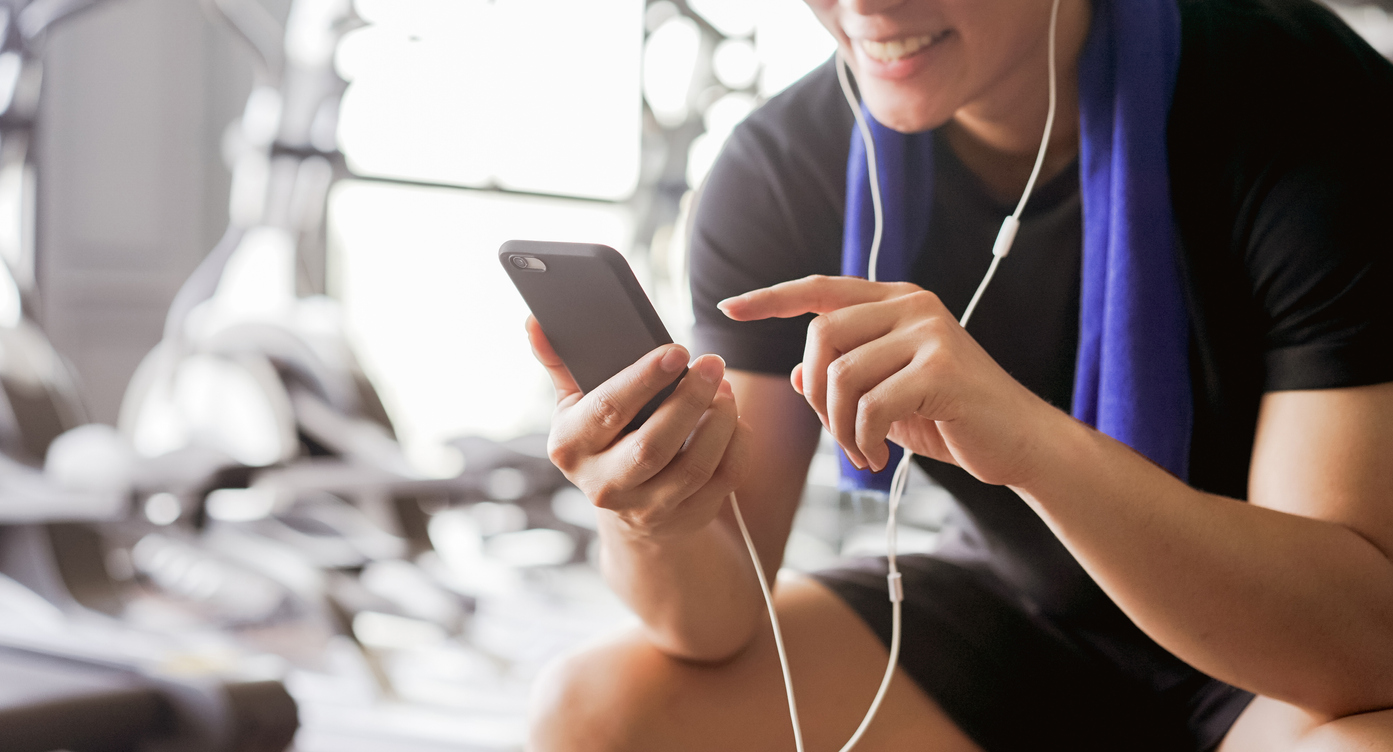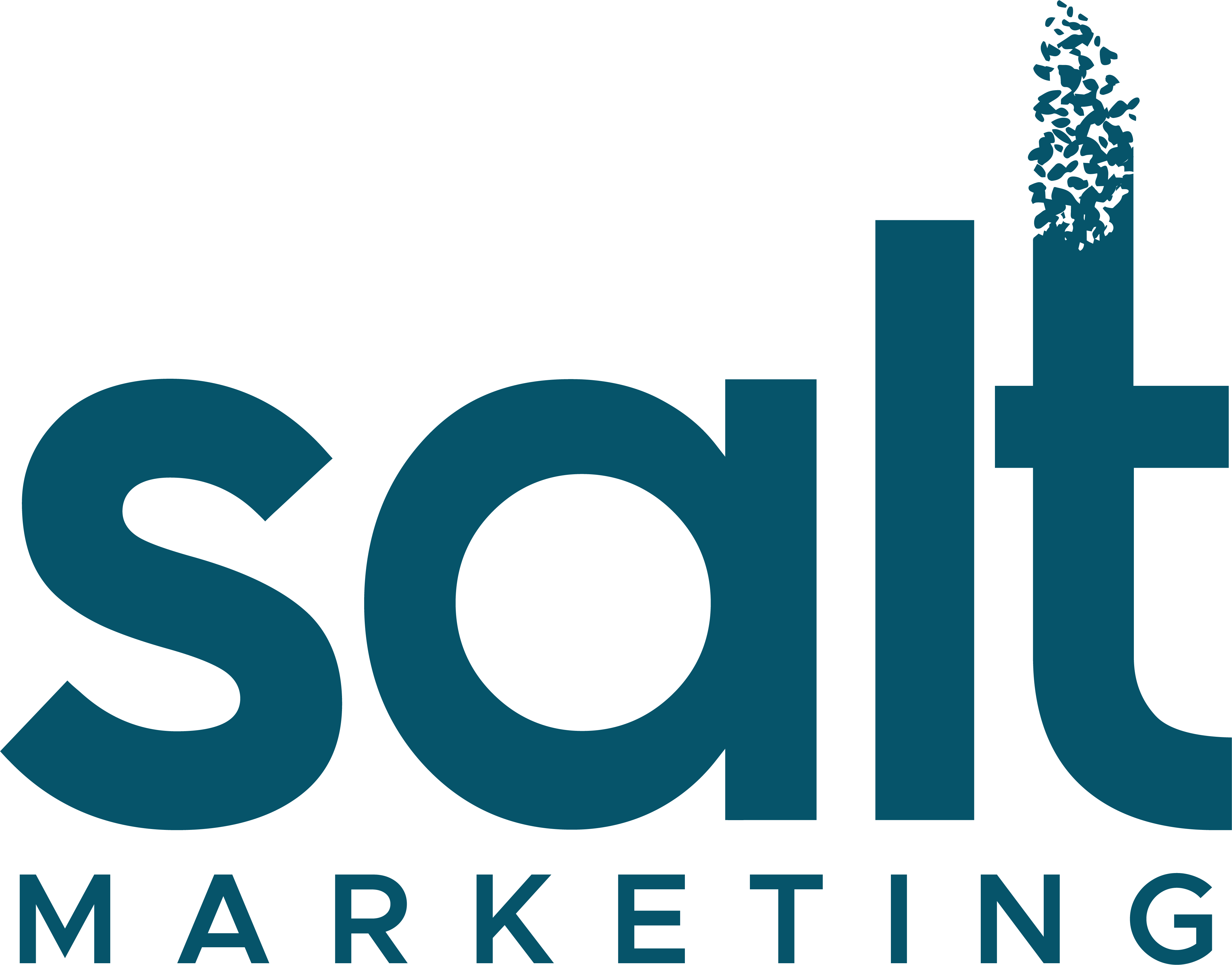While social media and how we utilize the internet may continue to change, email marketing remains a powerful tool for health and wellness businesses to connect with their audience, build relationships, and drive conversions. Automated email campaigns are a strategic way to nurture leads, establish authority, and guide prospects toward their wellness goals. Lifecycle Automation is a framework for automating business processes based on the customer lifecycle. In this blog post, we will explore the three essential email sequences that Salt Marketing believes every health and wellness business should implement while utilizing Lifecycle Automation, which includes Welcome, Nurture, and Sales.
Lifecycle Automation
First, let's dive into a better explanation of Lifecycle Automation and what you can expect if you utilize this type of framework for your health and wellness business. As we explained above, it's a system to automate business processes, such as an email campaign. You may be wondering why it's necessary to automate something that you can do relatively quickly, but it will make things much easier for you in the long run!
As Keap explains, it "plugs the gaps" in the customer lifecycle, and there are three significant advantages you can experience by implementing these strategies:
- Boost sales without incurring additional advertising expenses.
- Enhance the customer experience, leading to repeat business and referrals from satisfied clients.
- Allocate your team's time more efficiently, allowing them to concentrate on essential tasks.
The Sales Funnel, Explained
The sales funnel is a visual representation and conceptual model used in businesses to illustrate the customer journey from the initial contact with a product or service to the eventual purchase. It outlines the various stages a potential customer goes through as they move closer to becoming a paying customer. The concept of a funnel is used because, at each stage of the process, the number of potential customers typically decreases as some drop out or exit the sales process.
The sales funnel is generally divided into several stages, each with its own unique characteristics and objectives. While the specific stages may vary depending on the business model and industry, a typical sales funnel includes the following stages:
- Awareness: At the top of the funnel, potential customers become aware of your business, brand, product, or service. They may discover you through various channels such as social media, search engines, advertising, word-of-mouth, or content marketing.
- Interest: In this stage, prospects show interest in what you offer. They may explore your website, sign up for your email newsletter, or follow you on social media to learn more about your products or services.
- Consideration: As prospects continue their journey down the funnel, they evaluate the benefits and suitability of your offerings. They might compare your products with competitors, read reviews, and seek additional information before making a decision.
- Intent: At this stage, potential customers have a clear intention to make a purchase. They might add items to their cart, request a quote, or initiate contact with your sales team.
- Evaluation/Purchase: This is the critical point in the sales funnel where prospects become paying customers. They complete the transaction and make a purchase.
- Post-Purchase Evaluation: The sales funnel doesn't end with a purchase. After buying, customers assess the product or service's performance and their overall satisfaction. Positive experiences can lead to repeat business and referrals, while negative experiences may lead to dissatisfaction and possibly negative reviews.
The sales funnel helps businesses understand their customer's journey and identify areas for improvement in their marketing and sales strategies. By analyzing data at each stage, businesses can optimize their efforts to attract, engage, and convert leads into loyal customers. Additionally, the sales funnel allows businesses to allocate resources more efficiently and tailor their marketing messages based on where customers are in the buying process.
Keeping in mind both the sales funnel and the concept of Lifecycle Automation, here is an in-depth breakdown of the three main automated email campaigns that we feel every health and wellness business should incorporate. As you can see, these sequences are specifically designed with the sales funnel in mind!

The Welcome Sequence
The Welcome Sequence is the first touchpoint a prospect has with your health and wellness business. Its primary purpose is to make a lasting impression, provide valuable content, and initiate a relationship with the new lead. Here's how you can craft an effective Welcome Sequence:
- Deliver the Lead Magnet PDF: Begin by sending the lead magnet promised during the opt-in process. This could be an e-book, a guide, or a video course that addresses a specific pain point or goal your prospects have. This is the initial touch to a potential client and allows you to obtain their email address by providing them with free content. Offering digital content helps empower your clients on their journey.
- Make them feel seen: Use personalized language to address the recipient by name and acknowledge their interest in your business. This helps them feel welcome and comfortable as if they are now among friends. Express gratitude for them joining your community, and let them know that they are not alone in their journey towards wellness.
- Introduce your exclusive universe: Next, you should share your brand story and mission. This will help the recipient understand the values and principles that guide your business, and it creates a sense of belonging and aligns the prospect with your brand.
- Include forward-thinking "Imagine" statements: The goal of this is to paint a vivid picture of what life will be like once the recipient achieves the health and wellness goals they are working towards that your organization is going to help them fulfill. Use emotionally compelling language and focus on the positive impact your products or services can bring to their lives.
- Encourage action: This is an important step in the welcome sequence. Each email in this campaign should have a clear call-to-action (CTA) that encourages the prospect to take the next step, whether it's trying your product, booking a consultation, requesting a demo, or exploring more resources on your website.
The Nurture Sequence
The Nurture Sequence is all about building a strong and empathetic relationship with your leads over time. It reinforces your authority in the health and wellness niche and positions your business as a trusted guide and thought leader within your industry. Here's how to create a compelling Nurture Sequence:
- Include empathetic messages: Craft emails that address common pain points and challenges your audience faces. Show genuine understanding and provide helpful solutions or tips.
- Share educational content: Share valuable and educational content through blog posts, videos, or podcasts. Focus on topics relevant to your audience's interests and needs. This is where we believe you can incorporate the "They Ask, You Answer" concept, where you can educate your audience by prioritizing customer needs and addressing their questions openly and honestly.
- Don't forget testimonials and success stories: It's crucial to include success stories and testimonials from satisfied customers! Social proof is a powerful motivator for prospects to trust your products or services, proving that you're an expert in your field and that there are satisfied clients whose recommendations they can learn from and trust.
- Share exclusive offers: The nurture sequence is a great opportunity to offer exclusive discounts, promotions, or early access to new products/services to reward and engage your loyal subscribers. You are working to build trust and relationships with your leads, and an exclusive discount can help you achieve that.
- Include interactive content: Encourage engagement through surveys, quizzes, or challenges that involve your audience actively. This fosters a sense of community and investment in their well-being journey while getting to know them and their pain points better.
The Sales Sequence
The Sales Sequence is where you transition from nurturing the prospects to compelling them to take action and make a purchase. This campaign focuses on presenting your products or services as the ultimate solution to their wellness needs. Here's how to structure an effective Sales Sequence:
- Paint the powerful vision of success: Reiterate the positive outcomes they can achieve by using your products or services. Use persuasive language to make the benefits tangible and desirable.
- Highlight the consequences of inaction: You can create a sense of urgency by emphasizing the potential negative impact of not taking action to improve their health by utilizing your services or purchasing your products. This can nudge them towards making a decision sooner rather than later.
- Product features and benefits: Clearly outline the features and benefits of your products or services. Show how they specifically address the pain points your audience is experiencing.
- Social proof and testimonials: Again, reinforce your claims with additional testimonials and reviews from satisfied customers who have achieved success through your offerings.
- Compelling Call-to-Action (CTA): The final email in the Sales Sequence should have a strong CTA that leads the prospect to make a purchase or take the desired action. Make it easy for them to access your products or services! A clickable button that leads them to request a demo, book a consultation, or check out your services is a simple way to achieve this.
Taking Action to Build Authority
In the ever-changing landscape of health and wellness businesses, automated email campaigns play a crucial role in attracting, engaging, and converting prospects. The Welcome Sequence sets the foundation for a meaningful relationship, the Nurture Sequence fosters trust and authority, and the Sales Sequence guides prospects toward making a purchase. By implementing these three automated email campaigns, health and wellness businesses can create a powerful marketing strategy that drives conversions and supports their audience's well-being journey. Remember to continuously analyze and optimize your sequences based on customer feedback and engagement metrics to ensure long-term success. If this sounds overwhelming, don't stress! Salt Marketing is here to make sure you don't have to do it alone. We're here to help you build authority to grow your business. You can take the free assessment or contact us today at grow@saltmarketing.co to learn more!



